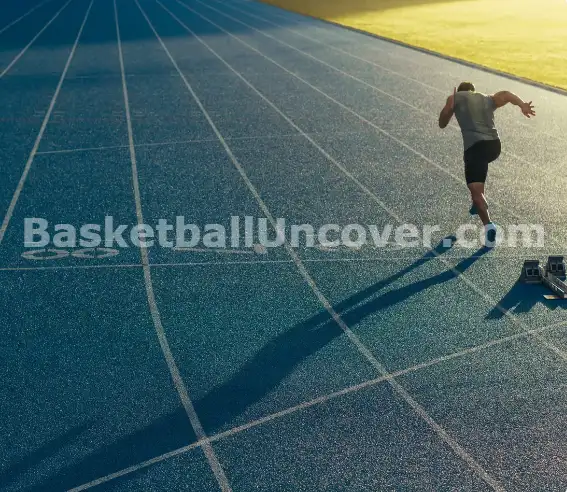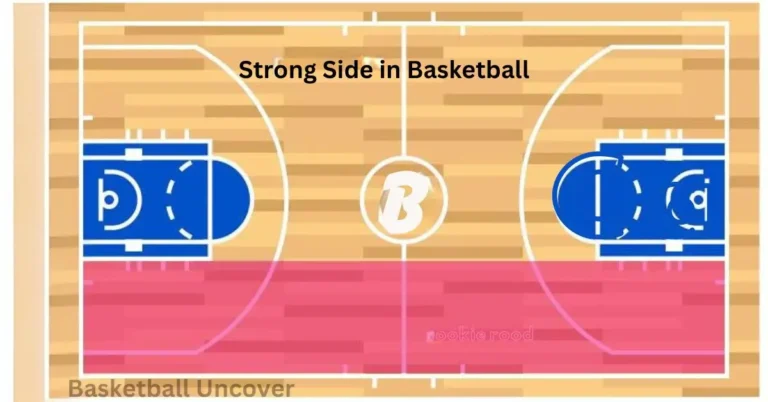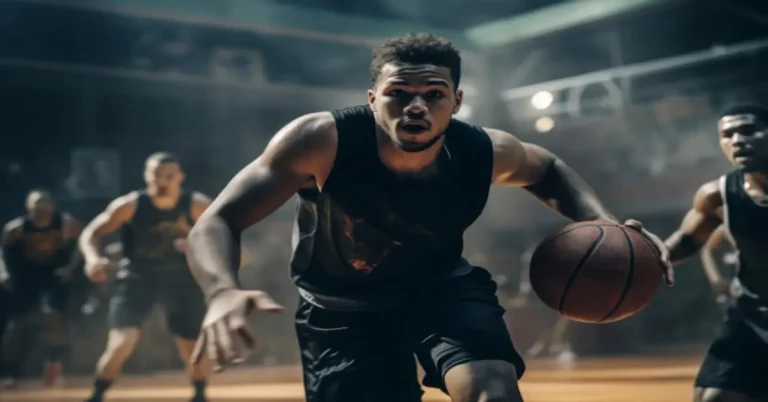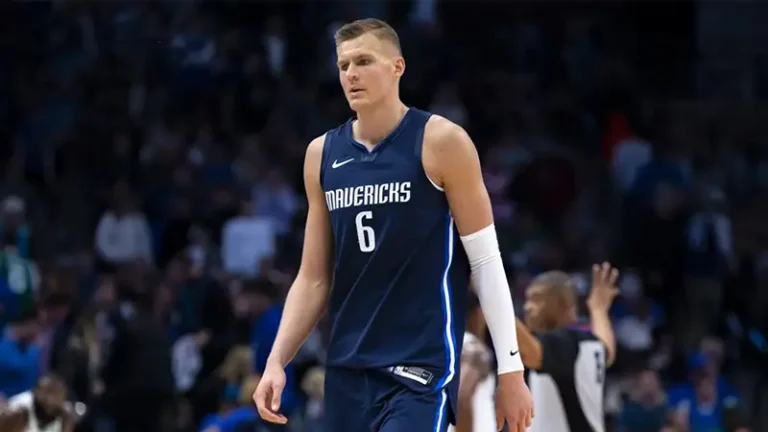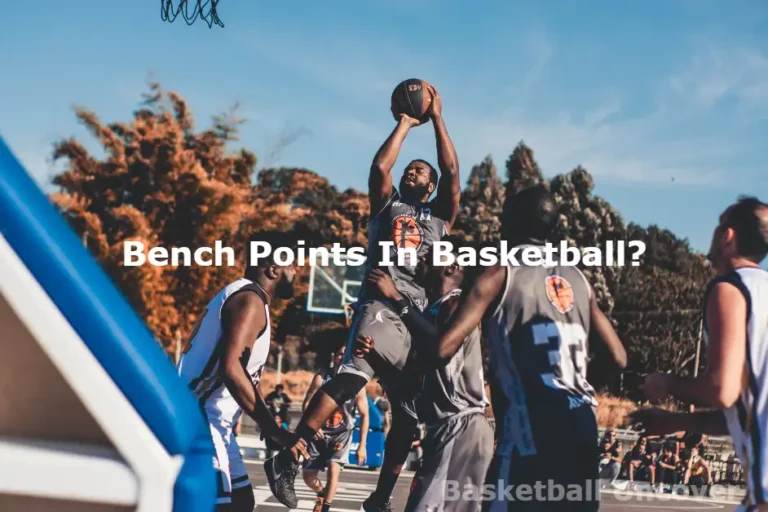What Is a Dead Spot On Basketball Court?
Have you ever watched a basketball game and noticed how certain areas of the court seem devoid of activity? These areas are known as dead spots. The dead spot is an area or place in the Basketball court where the basketball is less bouncing due to unevenness in the court surface. It is an area of the court with little or no player activity.
Identifying Dead Spots
Observation
Spend time observing the ball’s behavior during dribbling and bouncing across different court areas.
Look for areas where the ball doesn’t bounce as expected or where players struggle with ball control.
Dribbling Exercises
Conduct dribbling exercises in different sections of the court.
Pay attention to any areas where the ball seems to lose its bounce or behaves inconsistently.
Visual Inspection
Inspect the court for any visible signs of wear, damage, or irregularities.
Check for areas where the floor might be uneven or where the surface shows signs of aging, such as cracks or warping.
Use a Basketball
Roll a basketball across the court and observe its path.
Listen for any unusual sounds, as dead spots might produce a different sound when the ball rolls over them.
Player Feedback
Talk to players who regularly use the court and ask them if they’ve noticed any specific areas where the ball behaves differently.
Players who spend a significant amount of time on the court are likely to have valuable insights.
Check for Obvious Issues
Look for obvious issues such as loose floorboards, damaged tiles, or any other physical problems that could affect the ball’s bounce.
Testing with Bounces
Bounce the ball in different areas of the court and note any irregularities in its bounce height or direction.
Professional Inspection
If the issue persists or if you are responsible for maintaining the court, consider hiring a professional to inspect and assess the condition of the surface.
Professionals can use specialized equipment to measure the evenness of the floor and identify potential problem areas.
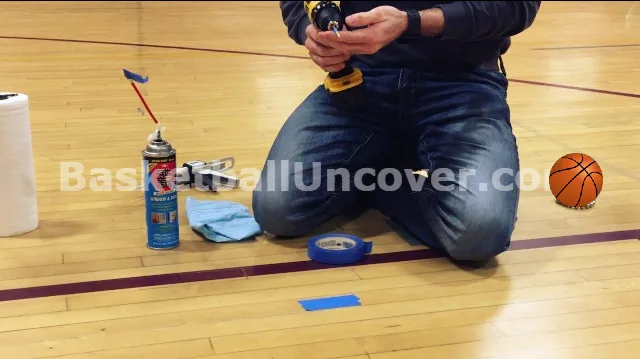
Pros and Cons of Playing on Dead Spot
| Pros of Dead Spot | Cons of Dead Spot |
|---|---|
| Strategy Advantage: Knowledge of dead spots can be used strategically. | Inconsistent Bounces: Dead spots can lead to unpredictable ball behavior, making it challenging for players. |
| Skill Development: Players may improve their ball control and adaptability on challenging surfaces. | Increased Injury Risk: Inconsistent court surfaces can elevate the risk of injuries due to unexpected movements. |
| Adaptability: Players become more adaptable to different playing conditions. | Disruption of Game Integrity: Dead spots can disrupt the fairness and integrity of the game. |
| Enhanced Focus and Concentration: Players develop heightened focus and concentration. | Frustration: Playing on a court with dead spots may lead to frustration among players due to the unpredictable nature of the game. |
| Strategic Defensive Advantage: Defenders can exploit dead spots to create challenges for offensive players. | Frustration: Playing on a court with dead spots may frustrate players due to the game’s unpredictable nature. |
Player Strategies for dead spots on basketball court
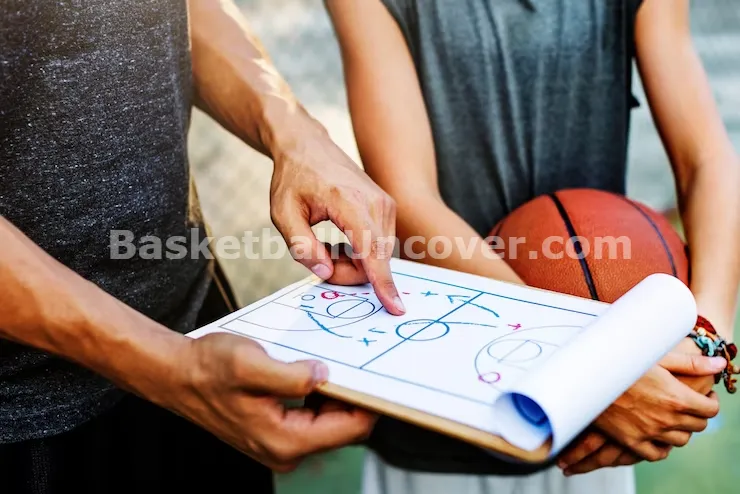
Here are some strategies that will help you to play effectively on the dead spot basketball court.
Offensive Player Strategies For Dead Spot
These are some offensive strategies to play offensive basketball on a dead spot court.
Cutting Off Defenders
Cutting through the dead spot can disrupt defensive positioning and create scoring opportunities.
Utilizing Screens
Using screens can force defenders to switch or move, opening up new passing lanes and driving opportunities.
Ball Movement and Spacing
Active ball movement and proper spacing can help spread out the defense and create mismatches.
Attacking Weakside
Identifying and attacking the weak, where defensive rotation is slower, can lead to easy baskets.
Defensive Player Strategies For Dead Spot
These are some defesive strategies to play defensive basketball on a dead spot court.
Forcing Players into Dead Spots
Defending aggressively can force offensive players into dead spots, limiting their options.
Help Defense and Rotation
Prompt help defense and rotations can plug gaps in coverage and prevent offensive players from exploiting dead spots.
Guarding Passing Lanes
Cutting off passing lanes and denying easy entry passes can disrupt offensive sets and force turnovers.
Communicating Defensive Assignments
Clear communication among defenders ensures proper positioning and coverage, preventing offensive players from taking advantage of dead spots.
Dead spots played a role in basketball History
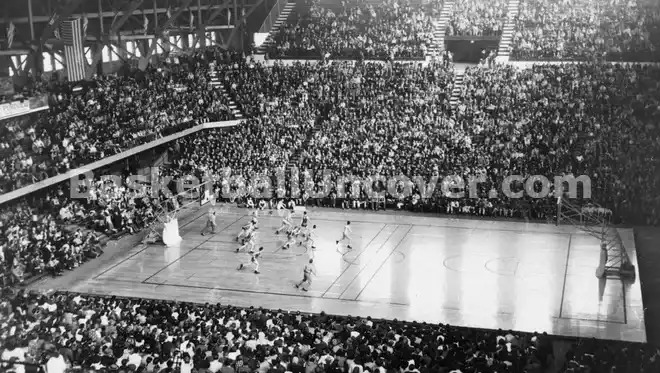
1985 NBA Finals
In Game 7 of the 1985 NBA Finals, Boston Celtics guard Gerald Henderson was shooting poorly from a particular spot on the court. The Los Angeles Lakers’ defense began to exploit this dead spot, and Henderson’s poor shooting contributed to the Celtics’ loss.
1992 NBA Finals
In Game 6 of the 1992 NBA Finals, Portland Trail Blazers forward Clyde Drexler was shooting poorly from a particular spot on the court. The Chicago Bulls’ defense began to exploit this dead spot, and Drexler’s poor shooting contributed to the Blazers’ loss.
2004 NBA Finals
In Game 5 of the 2004 NBA Finals, Los Angeles Lakers guard Kobe Bryant was shooting poorly from a particular spot on the court. The Detroit Pistons’ defense began to exploit this dead spot, and Bryant’s poor shooting contributed to the Lakers’ loss.
2010 NBA Finals
In Game 1 of the 2010 NBA Finals, Los Angeles Lakers forward Pau Gasol was shooting poorly from a particular spot on the court. The Boston Celtics’ defense began to exploit this dead spot, and Gasol’s poor shooting contributed to the Lakers’ loss.
2016 NBA Finals
In Game 7 of the 2016 NBA Finals, Golden State Warriors forward Draymond Green was shooting poorly from a particular spot on the court. The Cleveland Cavaliers’ defense began to exploit this dead spot, and Green’s poor shooting contributed to the Warriors’ loss.
FAQs
Dead spots on basketball courts are caused by uneven floor surfaces, subfloor irregularities, moisture warping, poorly repaired areas, and wear and tear over time.
Dead spot are identified by unusual ball bounces, uneven surfaces, and a distinct bounce sound compared to a normal court area.
Dead spots present challenges for players due to unpredictable ball bounce, increased injury risk due to uneven surfaces, and frustration, hindering performance and enjoyment.
Dead spots are also called:
Flat spots
Dead zones
Dead areas
Uneven spots
Bad bounces
Conclusion
Dead spots on basketball courts cause issues for players, affecting ball control, gameplay, and safety. Addressing these involves identifying and fixing them, understanding their causes, and taking preventive measures. Strategies include regular maintenance, timely resurfacing, and proper footwear usage. This minimizes dead spots’ impact and allows players to focus on the game.


